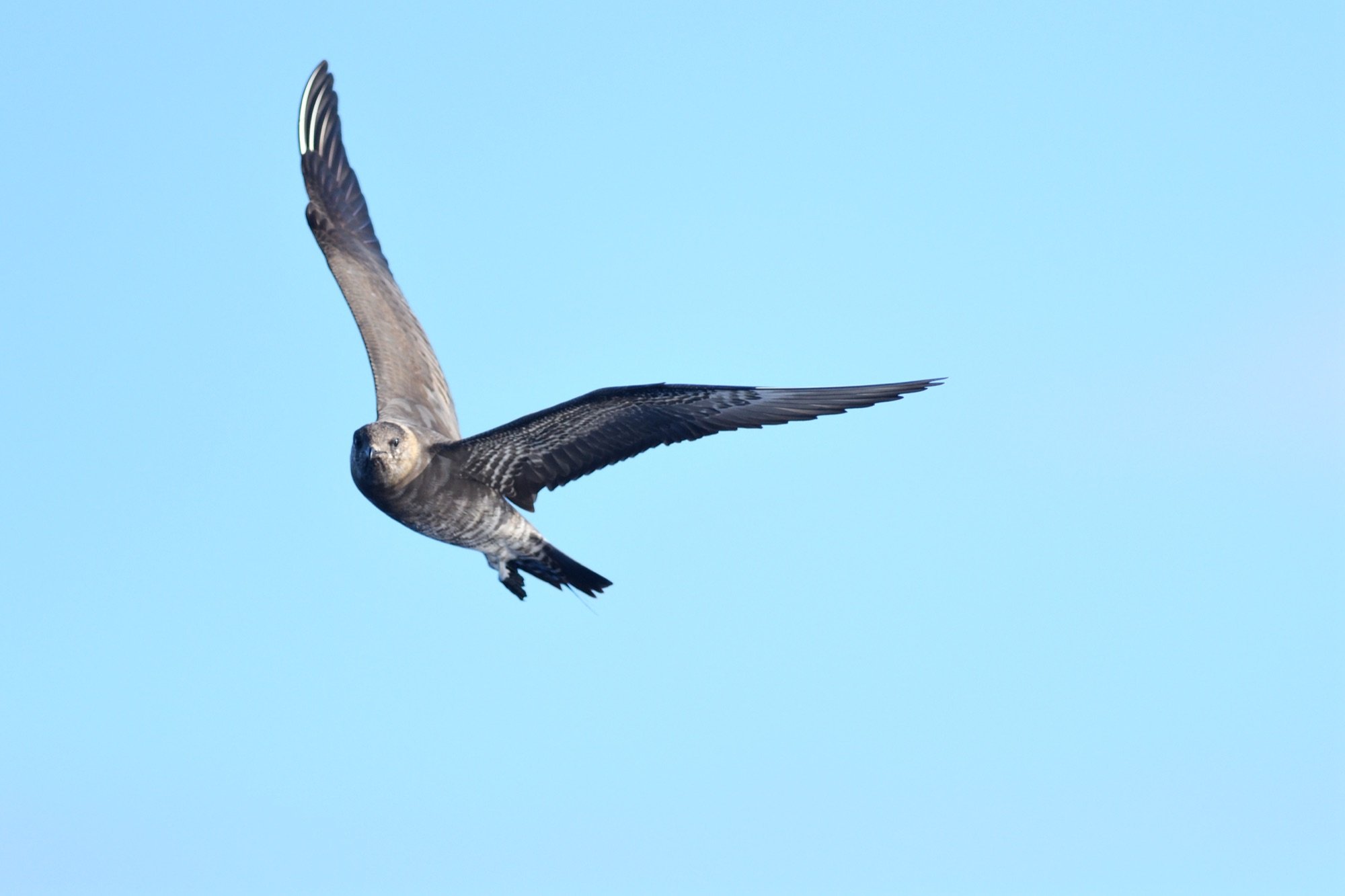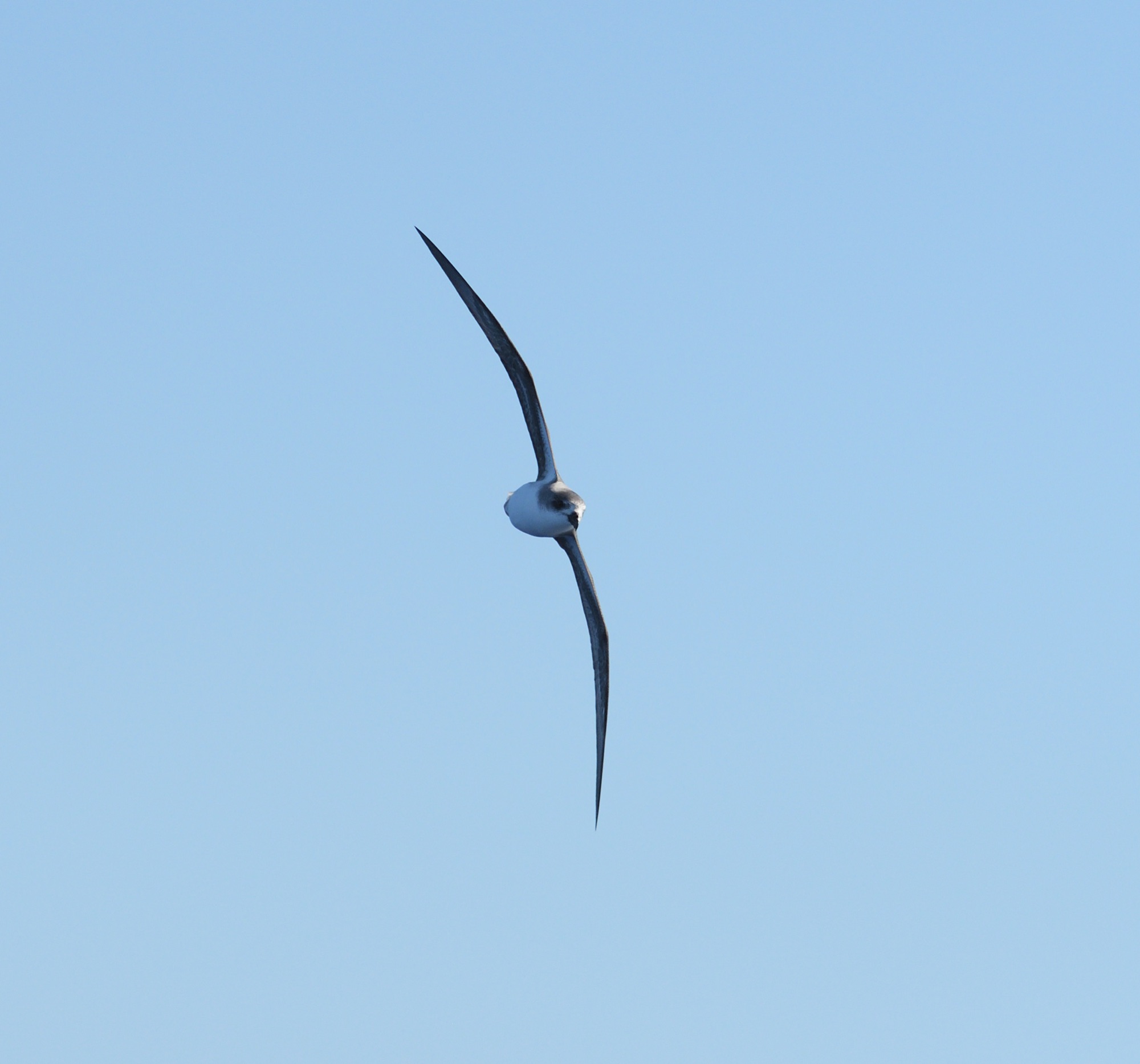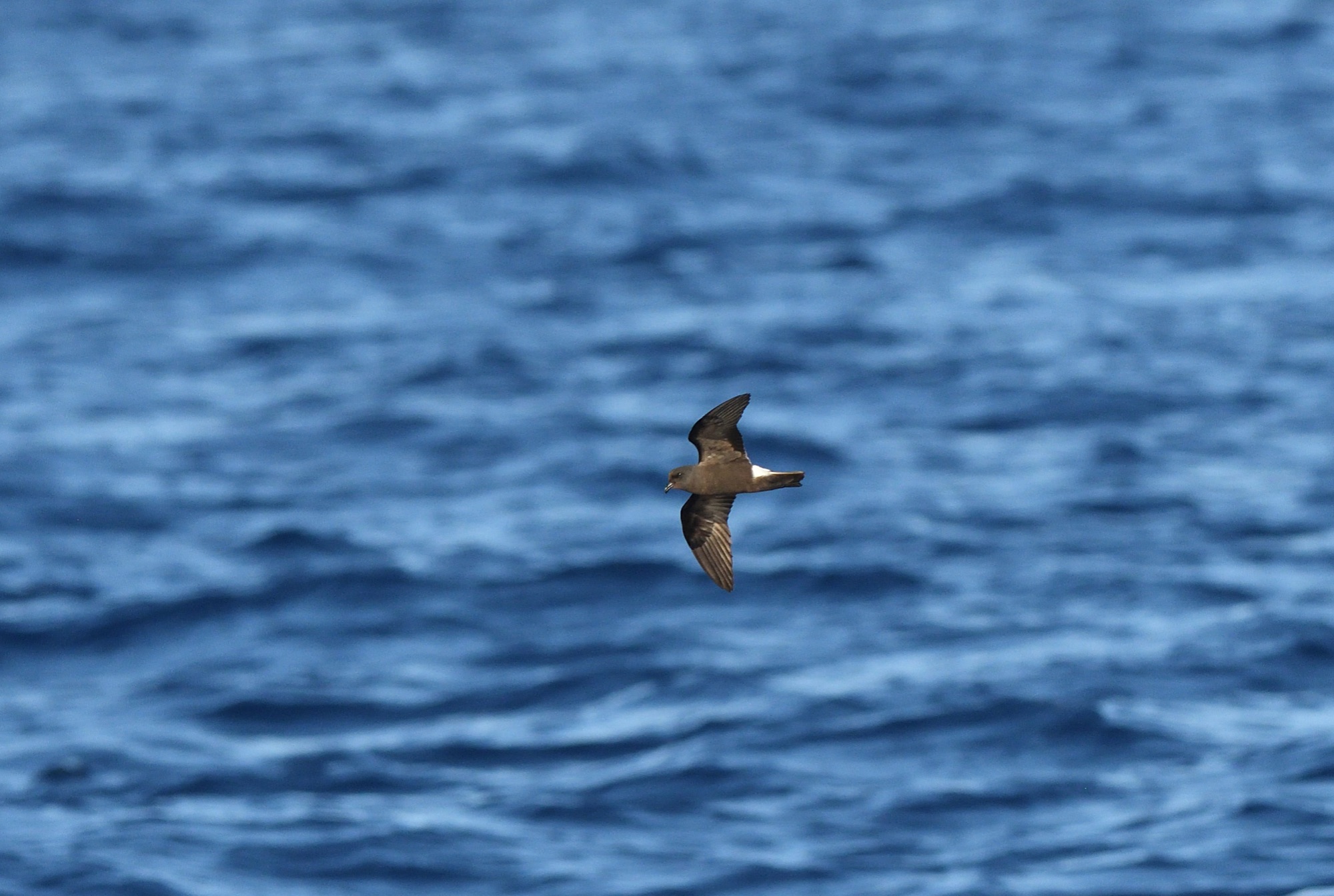AZORES & MADEIRA - SEABIRDS and MACARONESIAN ENDEMICS
Day 1 Arrival in Terceira, Azores - 29th July 2021/28th July 2022
There's a cheap, direct flight (around £100 )from London Stanstead to Lajes International Airport (Airport Code- TER) on the island of Terceira, Azores and is one of 9 islands that make up the archipeligo. The flight arrives at 15:50 and we'll transfer a short distance to a conveniently located hotel where we will spend the night. Time permitting we can pay a visit to Cabo da Praia, the best wetland in the whole archipelago and is a former coastal quarry flooded by the tide twice a day. It regularly attracts American shorebirds such as a semi-resident pair of Semipalmated Plovers, whilst there are numerous other shorebirds on the list for this site although we will be too early for most them although there's still a chance of Pectoral Sandpiper, Lesser Yellowlegs or a Spotted Sandpiper to name just a few. This is also a really great spot to see Common Quail too. Night in Terceira.
Days 2 - 4 Terceira - Graciosa
It's only a 30 minute flight to the island of Graciosa, where we will stay at a private house for the next 3 nights. We plan to take 3 pelagics out to the deepwater Bank of Fortune over these next two days (weather depending). Our primary target will be Monteiro's Storm-Petrel, a species that until recently was thought to be 'an odd' Band-rumped (Madeiran) Storm-Petrel and only breeds in summer on the islets of Praia and Baixo located just off Graciosa. Over these two days we are sure to see this species during our 7 hour afternoon pelagics as they frequent our 'chum slick'. We will also get to see our first Cory's Shearwaters and Azores Gulls, the endemic Atlantis race of Yellow-legged Gulls, and maybe Sooty Tern, whilst Bulwer's Petrel is uncommon in these waters and Barolo Shearwater is a distinct possibility as they breed in the Azores. The 'cherry on the cake' would be the appearance of a Swinhoe's Storm-Petrel, as this is possibly the best place anywhere in the Western Palearctic to see this enigmatic and mysterious bird. And let's not forget that birding in these far-flung remote waters could well throw up a major rairity too! There are also a number of cetaceans possible, including Cuvier's Beaked Whale, Short-finned Pilot Whale, Spotted and Common Dolphins amongst others. Nights in Graciosa.
Days 5 - 6 Graciosa -São Miguel
We have the morning free, just in case we need to do an extra pelagic for any missing species and in the afternoon we will fly from Graciosa to Punta Delgada on São Miguel Island, via Terceira and head to our accommodation in a quiet corner of the island. This is the largest island in the Azores and is home to the endemic Azores Bullfinch, which numbers possibly as few as 300 birds and is only found on the eastern side of this island mainly around the 1103m Pico da Vara. It inhabits the native Azorean Laurel and Juniper forest on steep-sided valleys, as well as forest edges and has learned to adapt and can sometimes be found in areas of introduced exotic plants usually above 400m.
We will spend as long as it takes to see this endemic, but there are a number of other resident endemic subspecies we should probably try and see just in case they are split in the future. These include Common Buzzard (insularum shared with Canary Islands), Common Woodpigeon (azorica), Grey Wagtail (patriciae), Common Blackbird (azorensis), Goldcrest (azoricus) and Common Chaffinch (moreletti). There are some other common species present, as well as a good chance of Rosetae Tern, Atlantic Canary and Common Waxbill. Nights in São Miguel.
Day 7 Azores - Madeira
We will fly from Punta Delgada to Funchal, Madeira today arriving around midday. Upon arrival at Cristiano Ronaldo International Airport we will drive to our villa where we will spend the next 5 nights. Located in a beautiful setting away from the hustle and bustle of large towns we will be in the safest place to adhere to social distancing and hygiene requirements following the Covid-19 crisis. Madeira is probably the safest place in the whole of Europe right now having recorded zero fatalaties so we can concentrate on birding and having a thoroughly good time. We are not planning any specific activity today, but birders being birders we might just pop out for an hour to find our first Trocaz Pigeon or Berthelot's Pipit this afternoon. This evening we will have another excellent dinner prepared by our very own Zoothera cook - we are not taking any chances with hotels & buffet food and people we don't know preparing our meals! It's a sign of the current times! Nights at private villa in Madeira.
Days 8 - 10 Pelagics - Zino's Petrel evening excursion
The pattern for these next few days is based around the three pelagics that head out of Machico Harbour around 3pm every day and last for approximately 7 hours. These three long afternoons are a true pelagic adventure out in the western North Atlantic Ocean and can be classed as the ultimate birdwatching experience aiming to observe at a very close range the greatest number of tubenoses in the Western Palearctic and we'll also have some close encounters with cetaceans as well. Each afternoon we will visit different areas, with the first afternoon heading to a particularly reliable area for the first of our target Pterodroma's - Zino's Petrel. This species only breeds in the mountains of Madeira and BirdLife International currently place the population between 90-110 mature individuals, so it is an extraordinarily rare bird. But we have an outstanding chance of observing this mega at quite close range.
The second pelagic will focus on the other key Pterodroma found in these waters - Desertas Petrel. Formerly lumped with Zino's and Fea's Petrels under the umbrella of Soft-plumaged Petrel, this bird breeds in the Desertas Islands close to Madeira. We will head to an area of very deep water near Bugio Island and are expecting some crippling views of this species as we set out our chum.
The third afternoon is more flexible and depends on what we haven't seen yet and we can return to previously visited areas if we still need either of the major Pterodroma petrels or try somewhere new and maybe find a White-faced Storm-Petrel.
During these three pelagics we will come across a number of other mouth-watering ocean-going species and will have numerous sightings of Bulwer's Petrel, as well as flocks of Cory's Shearwaters and we can spend quite a bit of time studying both species. At this time of year there should be a few Great Shearwaters present, as well as hopefully a fine Long-tailed Skua can give us crippling views too! And we also have our final two target species of Wilson's and Madeiran (Band-rumped) Storm-Petrels to search for, the latter breeds on small islands around Madeira and we hope to get both species feeding over our chum slick! Anything else will be a bonus, but let's be optimistic and hope for a Barolo Shearwater, one of the Little Shearwater splits, and is restricted to the Northern Atlantic Ocean or maybe a rarity such as South Polar Skua or Swinhoe's Storm-Petrel.
We will also divert our course to observe any cetaceans and our last visit produced Atlantic Spotted Dolphin and a pod of Sperm Whales. Other species present in these waters include Common Bottle-nosed and Short-beaked Common Dolphins and Short-finned Pilot Whale.
In between these pelagics we will have 3 leisurely mornings either to catch up on our sleep, and that's important when you are spending so much time out in the ocean, or making a few easy birding excursions to search for the 2 islands endemics Trocaz Pigeon and Madeiran Firecrest, as well as the other Macaronesian endemics.
And on one night we will make the pilgrimage to a breeding colony of Zino's Petrel up in the mountains (1800m) on the highest peaks of Madeira. We will be able to hear them calling and probably see the silhouettes of the adults flying to and from their nesting burrows where, at this time of year, they will be feeding young. It's going to be an amazing experience as the starry sky and atmospheric petrel calls are going to create a never-to-beforgotten experience.
Day 11 All day land birding
We will have a full day out visiting the best birding spots on the island searching for Trocaz Pigeon, Plain Swift, Berthelot's Pipit, Madeiran Firecrest and Spectacled Warbler. There are, of course, a number of subspecies endemic to Madeira and Macaronesia so we should make every effort to see these as everything is getting split these days! So we will look for Common Buzzard (harterti race), Eurasian Sparrowhawk (granti race endemic to Madeira and Canary Islands) , Common Kestrel (canariensis race confined to Madeira and Canary Islands), Eurasian Blackcap (heineken race), Common Blackbird (cabrerae race confined to Madeira and Canary Islands), Grey Wagtail (schmitzi race), and the most probable to be split first, Common Chaffinch (maderensis race).
Day 12 End of Tour - 9th August 2021/8th August 2022
The tour concludes after breakfast this morning but depending on flight departure times we could take one last look for any species we still need or want to photograph.
All photos copyright Nick Bray/Zoothera Birding
All photos taken from our 2017 visit.
Just hover your cursor over each photo for info.












